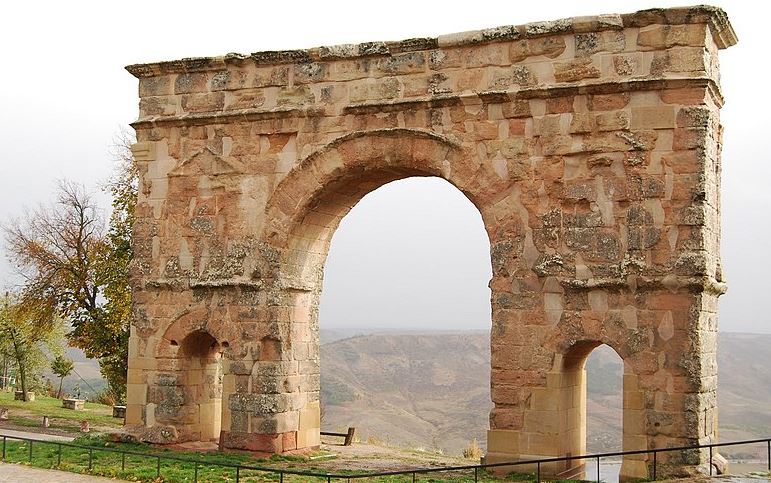A brutal summer has caused havoc for many in rural Spain, but one unexpected side-effect of the country’s worst drought in decades has delighted archaeologists – the emergence of a prehistoric stone circle in a dam whose waterline has receded.
Officially known as the Dolmen of Guadalperal but dubbed the Spanish Stonehenge, the circle of dozens of megalithic stones is believed to date back to 5000 BC.
It currently sits fully exposed in one corner of the Valdecanas reservoir, in the central province of Caceres, where authorities say the water level has dropped to 28% of capacity.
10 experiences worth having in magical Milos
“It’s a surprise, it’s a rare opportunity to be able to access it,” said archaeologist Enrique Cedillo from Madrid’s Complutense University, one of the experts racing to study the circle before it gets submerged again.
It was discovered by German archaeologist Hugo Obermaier in 1926, but the area was flooded in 1963 in a rural development project under Francisco Franco’s dictatorship.
Read more: Reuters






































